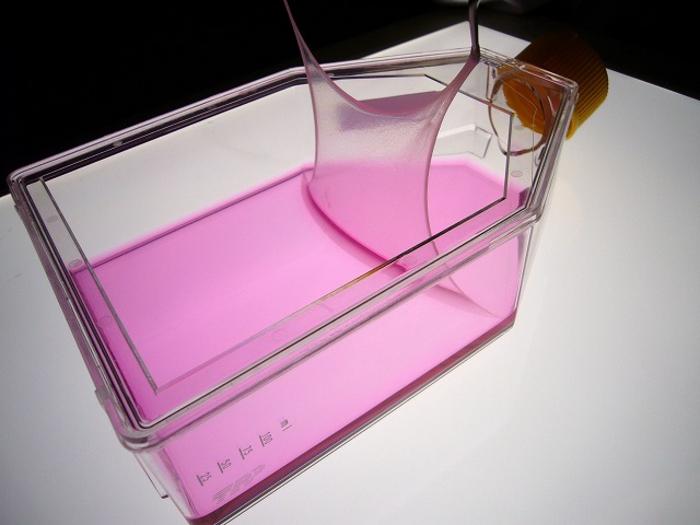Transplanting healthy skin to diseased areas may be treatment option for epidermolytic ichthyosis (EI) and ichthyosis with confetti (IWC), according to a study out of Nagoya University Graduate School of Medicine in Japan.
The researchers found that revertant somatic recombination could be used for a pioneering therapy. By making grafts called cultured epidermal autografts (CEAs), which contain genetic mutation corrections that give healthy skin, and grafting these naturally corrected skin cells to affected areas, outbreaks of the disease could be controlled.
They evaluated the feasibility of transplanting CEAs derived using revertant epidermal keratinocytes —those that lack the keratin mutation— back onto patients. CEAs were transplanted to peeling lesions of the patients. Four weeks after transplantation, two of the patients had no ichthyosis recurrence in the entire treated area, while the third did not show recurrence in more than a third (39.52%) of the affected area, the study showed.
Although it was initially successful, 24 weeks after transplantation, all three patients experienced some recurrence of ichthyosis at the transplant sites. The researchers concluded that the best use of the technique is to alleviate symptoms when the disease is severe and to treat local EI symptoms in specific regions that affect quality of life.
The study is published in the British Journal of Dermatology.
PHOTO CAPTION: BY MAKING GRAFTS CALLED CULTURED EPIDERMAL AUTOGRAFTS (PHOTO), WHICH CONTAIN GENETIC MUTATION CORRECTIONS THAT GIVE HEALTHY SKIN, AND GRAFTING THESE NATURALLY CORRECTED SKIN CELLS TO AFFECTED AREAS, OUTBREAKS OF THE DISEASE COULD BE CONTROLLED.
PHOTO CREDIT: JAPAN TISSUE ENGINEERING CO., LTD.


